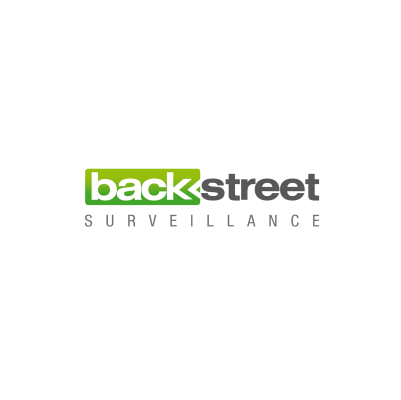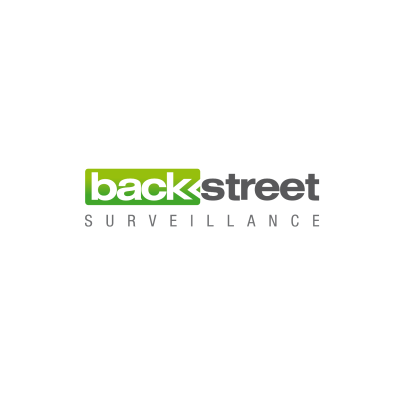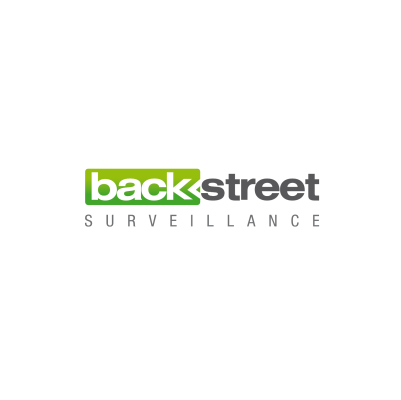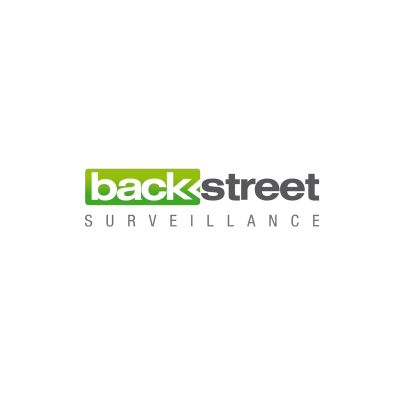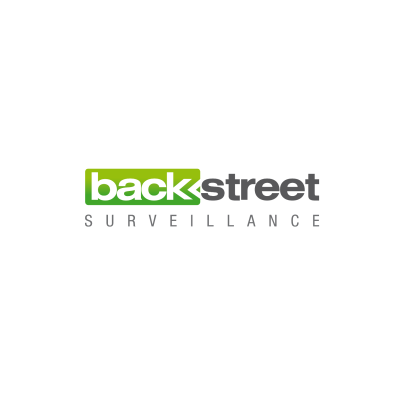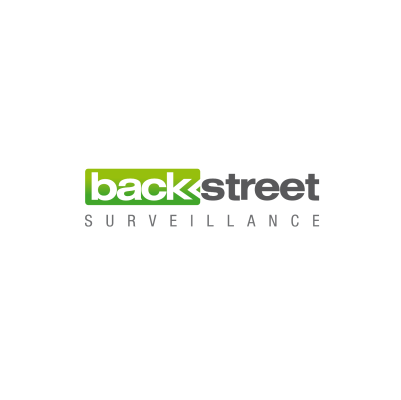Home Camera Placement
Subscribe to our Youtube channel and learn how the experts get it right the first time!
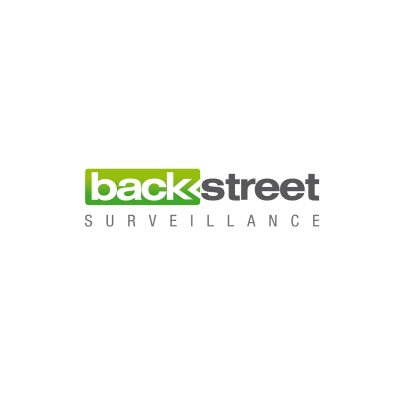
Camera Locations
The following are just suggestions they may not apply to every installation. Before you start installing, walk the areas where you plan to locate the cameras. If possible, stand at each camera's location. Pay attention to what you see, can you see everything you want to at that location? Whatever you see, the camera will see. If the answer is no, or if there is an obvious blind spot, look for a better location for the camera.
Indoor cameras can be installed just about anywhere. Wall or ceiling mount is fine. Typically, cameras are installed in a corner of the room opposite the entry point. This usually provides the best coverage and requires anyone who would want to tamper with the camera to be recorded before they have access to the camera. The best height for a camera is usually around the 10ft level or higher. This is high enough to keep people from accessing the camera unless they have a ladder. Also understand, if you aim a camera at large exterior windows or an exterior door, the view may be somewhat limited during bright or sunny days. All cameras are equipped with an auto iris, and they work extremely well. But they still have their limits and will have to adjust to either the light level inside or the light level outside. Whichever one it adjusts to, the other will be less than optimal.
Note: Less than half of residential systems have indoor cameras. There are several reasons which we all can guess but properly placing cameras outside on the perimeter can be just as effective without giving up privacy.
Outdoor cameras follow the basic guidelines as indoor cameras. While they are designed to weather the elements and can operate in extreme conditions, it is still desirable to protect them if possible, they will last longer. If the choice is to mount the camera directly on the roof taking the full brunt of the sun, rain, and wind or on the side of a building where it is somewhat sheltered...choose the side of the building.
Don't ask one camera to do the work of two!
The most common mistake customers make when locating cameras is trying to get one camera to do the work of two. We all want to get the most out of each camera, but if you go too thin with the coverage, you may be throwing your money away. We have all seen video of some crime being committed, but because of the lack of detail the video provides, the person cannot be identified. The lesson learned is “Be conservative with the coverage you expect each camera to provide”. As a general rule, each camera should not be expected to view more than 30-40 feet horizontally at the preferred viewing distance.
Good & Bad Camera Installations Rated
Typical Residential Camera Placement
Cameras located at the corners of the home with trap surveillance is common and effective. Trap surveillance is the most cost effective form of indoor surveillance. Cameras are strategically placed so a person cannot move from one area of a home to another without being seen and recorded. This design reduces the number of cameras needed to effectively protect the inside of a home while keeping bedrooms and baths private.
